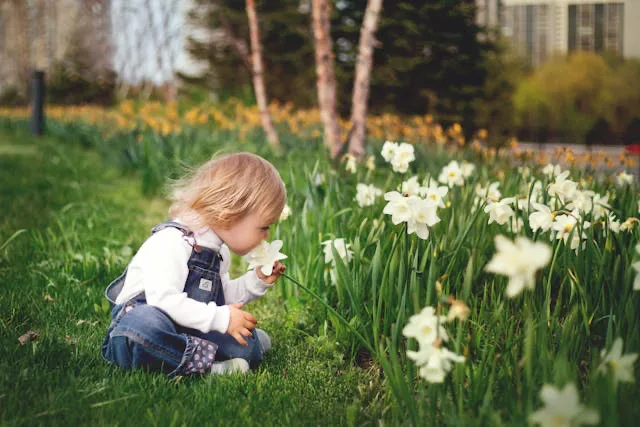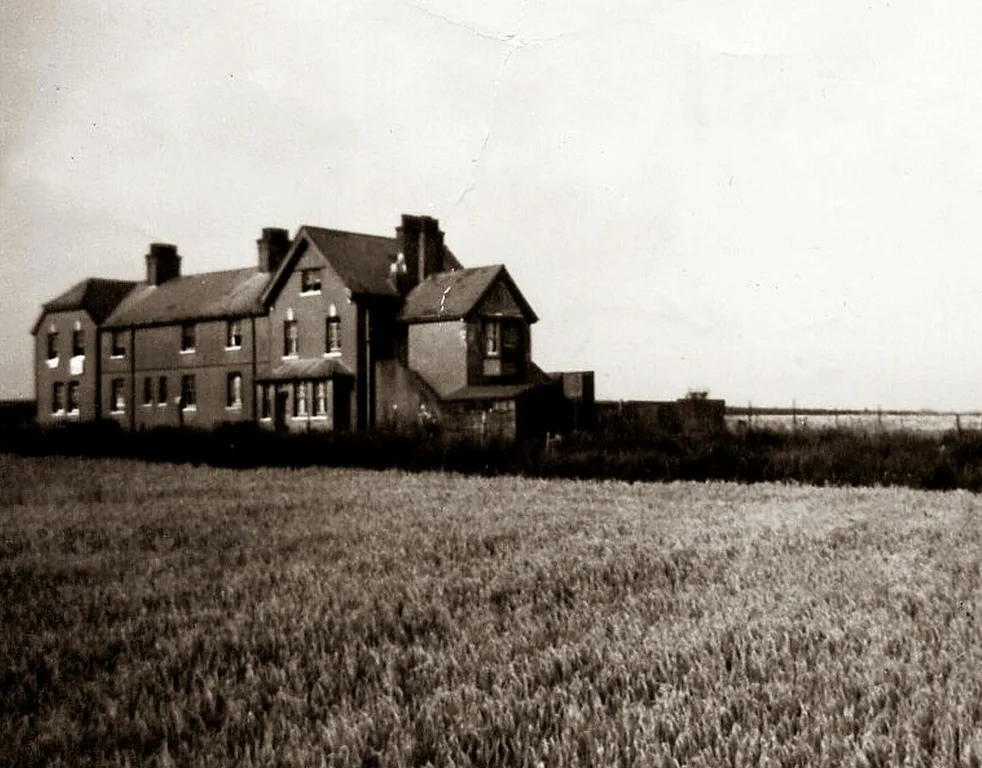How To Write Strong Atmosphere In Stories
Hannah Lee Kidder
NovelPad Author
What is the atmosphere of a story?
The atmosphere of a story is actually the atmosphere of a setting—it's how the location and environment of your scene make your reader feel.
An atmosphere can evoke coziness, creepiness, foreboding, or any other emotion. You control the atmosphere through word choice, description, your character's reaction to it, and the situation of the scene.
Manipulating the atmosphere of your story can help you lead your reader to the emotions you want them to feel while they’re reading your story.
Atmosphere vs Mood
"Atmosphere" and "mood" can be used interchangeably by people who don’t know what atmosphere means.
Teehee. So the mood of a scene refers to the overall emotion of the scene itself.
The atmosphere is the emotion of the setting of the scene.
If you drop two lovers in a haunted forest, the mood might be romantic while the atmosphere is foreboding.
7 Tips for Writing Atmosphere
Here are our top seven tips for writing strong atmosphere in your stories.
1. Choose senses intentionally
This is a very basic piece of advice, but it’s too important to exclude. Writing with atmosphere should bring in more than just sight and sound. What do things feel, smell, and taste like? Get into the details of the sensory experience your character would be going through.
While it’s a helpful exercise to thoroughly describe a scene with every sense, it’s not all going to be relevant to your story.
Pay attention to which details are enriching and relevant to that setting in particular. Ask yourself what your character would notice in their current frame of mind to set the atmosphere they're experiencing.

2. Utilize language
The details you include in the description of your atmosphere are only half the equation. The language you use to build those descriptions is also important.
Words have connotations outside of their direct definition. If you’re writing a scary scene, use scary words. If a character is running for their life, you wouldn’t say "she bounded through the field," you’d probably say she ran, sprinted, or stumbled. Bounding is fun and cute, and that’s not the vibe of a scary scene.
3. Syntax
Syntax affects how your sentences are read, so there are more effective and less effective structures you can use, based on your goals.
The pace of individual sentences contributes to the atmosphere. If they’re shorter sentences, the images might come in flashes, which can make it feel more tense and rushed. For a melancholy feeling, you might use longer, more complex sentences.
4. Immersive writing experiences
If you can make yourself a writing station themed to the atmosphere of your scene, all the better! If this doesn’t make sense for your story, you can just visit a place with the vibe you’re looking for and maybe take a few notes of the sensory experience.
For example, I’ve written about caves as a kid, but before I actually went in one, I didn’t know that there’s kind of ALWAYS a dripping sound somewhere if you stop and listen.
For more real examples of writing stories with strong atmosphere, take a look at this video:
5. Anchor image
Having an image in mind for your scene’s desired atmosphere helps to keep you on track and creates a consistent feeling to steer your writing.
It can be an imaginary image or a literal image that you keep with you during writing sessions. Choose something that encompasses the atmosphere you want to create.
6. Pacing
The pace of your scene can influence the atmosphere. A slower pace might create a sense of dread or anticipation, while a fast pace could convey excitement, chaos, or fear.
Don't be afraid to let your scene "breathe" for a moment, if you want to create suspense or dramatic tension.
7. Consistency
Use consistency with intention. Unless you have some reason not to, try to keep the atmosphere consistent throughout that scene/chapter. Sudden, unexplained changes can confuse the reader, break immersion, and muddle the purpose of the scene.
Be sure to decide exactly what your goal is with the scene. How do you want the reader to feel in that setting? It’s hard to stay consistent if you don’t really know what you’re adhering to.
Considering all five senses and determining which are relevant for that setting’s atmosphere, paying attention to word choice and syntax, creating immersive writing experiences, and keeping an image or phrase in mind as you write can all help you create the atmosphere of your scene.
Examples of Atmosphere
Here are a few examples of scenes that create different types of atmosphere.
Example 1: Eerie
Haunting of Hill House by Shirley Jackson
No live organism can continue for long to exist sanely under conditions of absolute reality; even larks and katydids are supposed, by some, to dream. Hill House, not sane, stood by itself against its hills, holding darkness within; it had stood so for eighty years and might stand for eighty more. Within, walls continued upright, bricks met neatly, floors were firm, and doors were sensibly shut; silence lay steadily against the wood and stone of Hill House, and whatever walked there, walked alone.

Example 2: Cozy
Anne of Green Gables by L.M. Montgomery
Marilla and Anne sat down to a hearty supper. The kitchen was a cheerful apartment—with a cherry-colored rag rug on the floor and a good fire burning in the stove. Marilla had set on a table a lamp with a wide, rosy shade; its glow was pleasantly reflected in the polished surface of the wall cabinet. The room was warm and bright with the delightful sense of home and comfort.

Example 3: Lonely
Passing Ghosts by Hannah Lee Kidder
The house is empty again. Abandoned furniture peppers every room, draped in gray and white sheets, like lonely ghosts. That thought only makes me laugh once. There aren’t squirrels to watch. Roaches skitter at night, and sometimes the rain will bring a line of ants. The ants don’t stay for long.

Example 4: Optimistic
A Room With a View by E.M. Forster
It was pleasant to wake up in Florence, to open the eyes upon a bright bare room, with a floor of red tiles which look clean though they are not; with a painted ceiling whereon pink griffins and blue amorini sport in a forest of yellow violins and bassoons. It was pleasant, too, to fling wide the windows, pinching the fingers in unfamiliar fastenings, to lean out into sunshine with beautiful hills and trees and marble churches opposite, and close below, the Arno, gurgling against the embankment of the road.

Well-executed atmosphere can make your reader feel like they're there, experiencing what the character is. It makes for more immersive and engaging storytelling, and often stronger prose!
Like what you're reading?
Join other authors like you in NovelPad’s free writing community!
Join the communitySimilar Posts
What File Formats are Accepted by Kindle Direct Publishing?
File types for ebooks, paperbacks, and hardbacks on Amazon's KDP.
Ollie Ander
Is probably just a couple cats in a trench-coat—the hair shedding and sunlight napping are highly suspect.
How long is a fantasy book? Words, pages, chapters, scenes, & prologues
What should wordcount goals look like for a fantasy novel?
S.R. Beaston
Crafty with words, wit, and wisdom, just add caffeine to make it more interesting.
How long is a Science Fiction Book?
How many words, chapters, and pages should be in your sci-fi novel?
Ollie Ander
Is probably just a couple cats in a trench-coat—the hair shedding and sunlight napping are highly suspect.
The Writer’s Resolution Guide 2024
Goal ideas and strategies for your new writing year.
Sage Kay
Writer, reader, outfit repeater.
When is the best time to publish a romance novel?
What is the best month and day of the week to publish a romance? Do romance novelists make money?
Rina Fontes Malka
A writer with too many ideas and not enough time.
Camp NaNo Perks 2023
What are the benefits of participating in Camp NaNoWriMo?
S.R. Beaston
Crafty with words, wit, and wisdom, just add caffeine to make it more interesting.